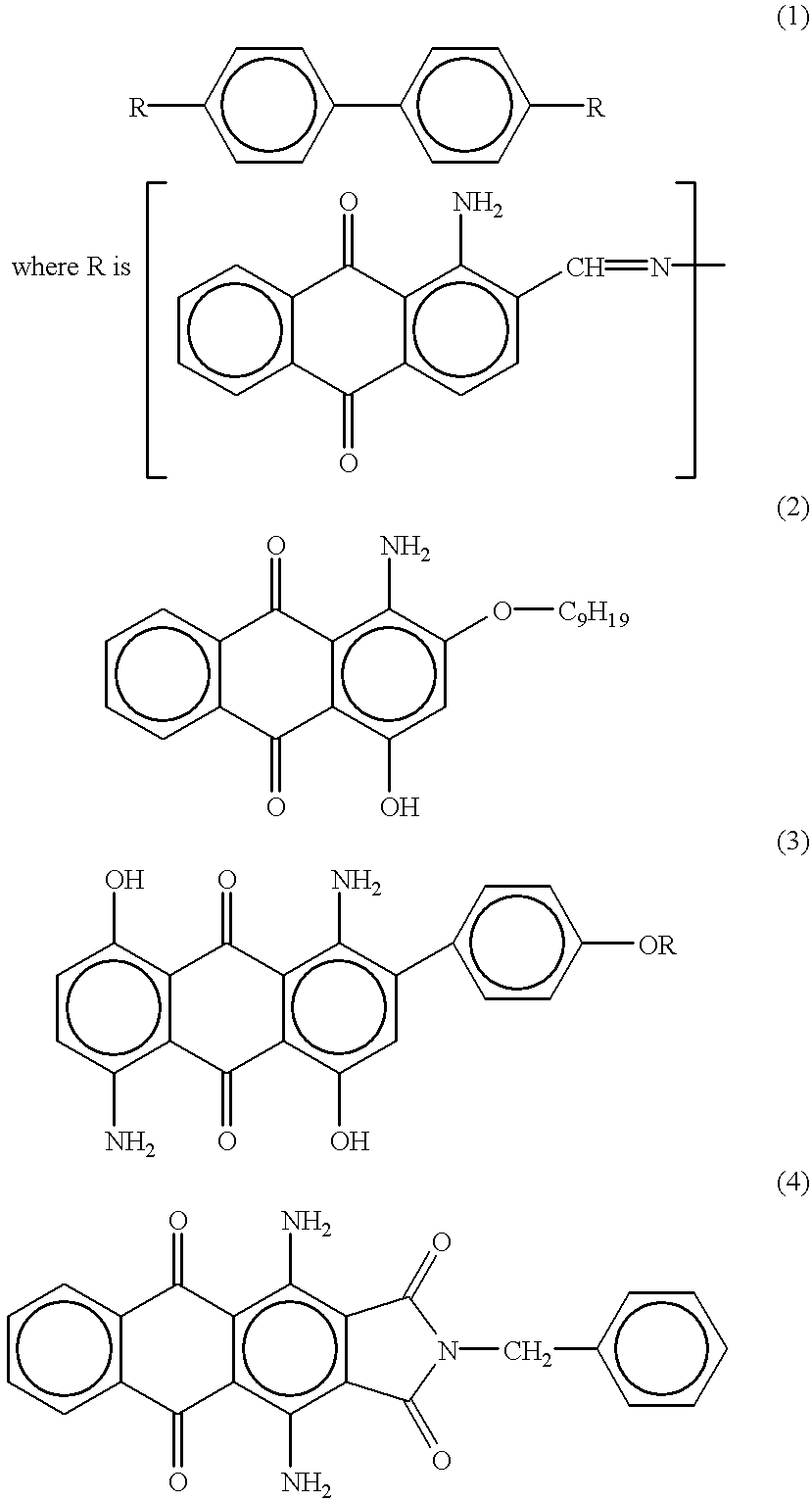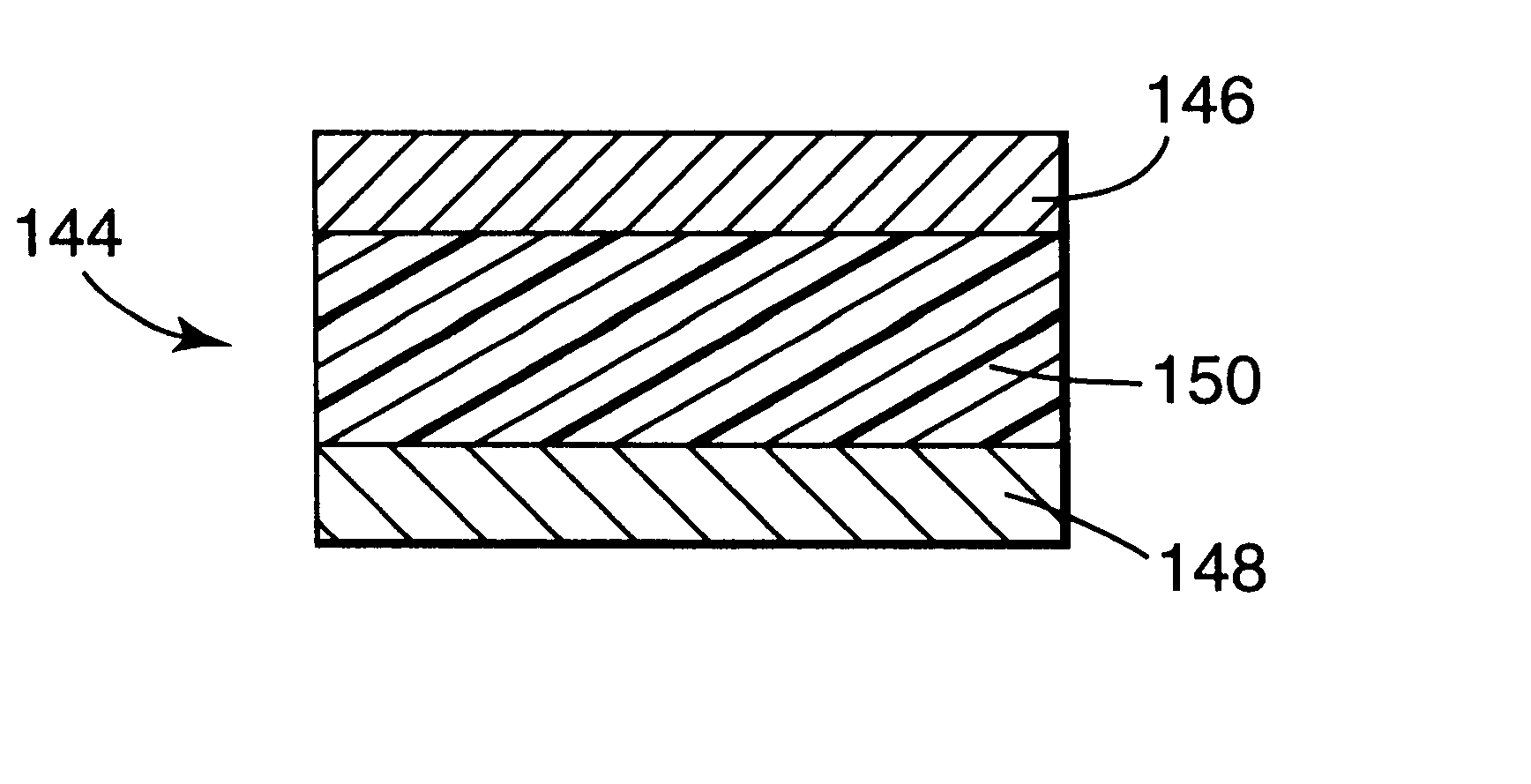Infrared selective reflective polarizing element
a reflective element and selective technology, applied in the field of polarizing elements, can solve the problems of excessively restricting the view through the window, unable to meet the needs of users, and devices that are not particularly useful,
- Summary
- Abstract
- Description
- Claims
- Application Information
AI Technical Summary
Benefits of technology
Problems solved by technology
Method used
Image
Examples
Embodiment Construction
Briefly, the present invention provides polarizing elements including at least one reflective polarizer in combination with an infraed reflective material or an infrared absorptive material. The polarizing elements can be included in light valves for controlling the transmission of light through an opening in which one or both of two polarizing elements are rotated about in-plane axes of rotation. The light valves according to the present invention may find use in applications such as control of light passing through windows (e.g., as horizontal blinds such as venetian blinds, vertical blinds, shutters, etc.), in luminaires to control the distribution of light from a light fixture, or they may find use in other applications such as optical systems in industrial, commercial, or other settings.
The plane of the polarizing elements is defined by the transmission axis and the axis of rotation about which the polarizing element is rotated. Where the polarizing element is non-planar, it wi...
PUM
 Login to View More
Login to View More Abstract
Description
Claims
Application Information
 Login to View More
Login to View More - R&D
- Intellectual Property
- Life Sciences
- Materials
- Tech Scout
- Unparalleled Data Quality
- Higher Quality Content
- 60% Fewer Hallucinations
Browse by: Latest US Patents, China's latest patents, Technical Efficacy Thesaurus, Application Domain, Technology Topic, Popular Technical Reports.
© 2025 PatSnap. All rights reserved.Legal|Privacy policy|Modern Slavery Act Transparency Statement|Sitemap|About US| Contact US: help@patsnap.com



